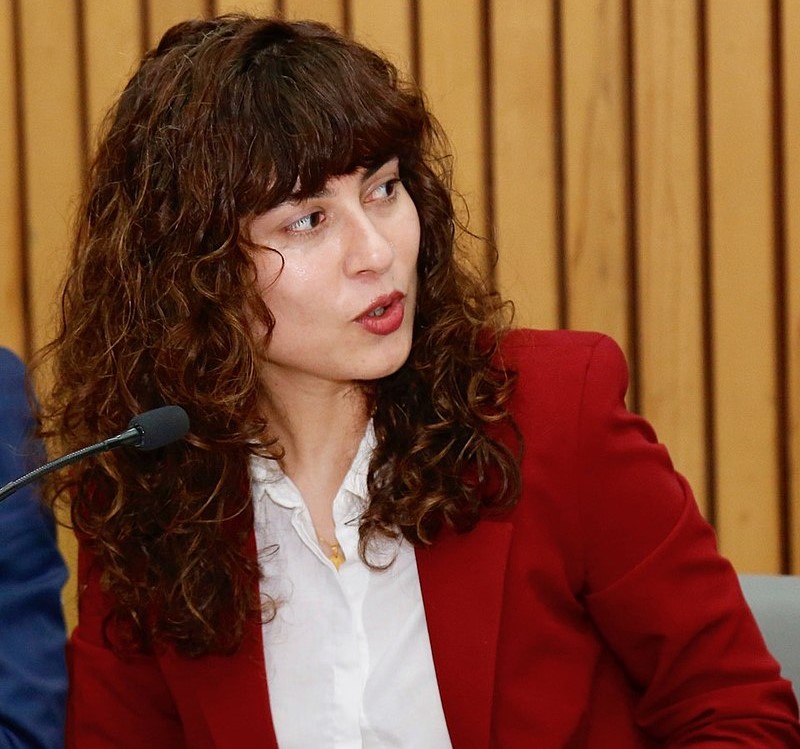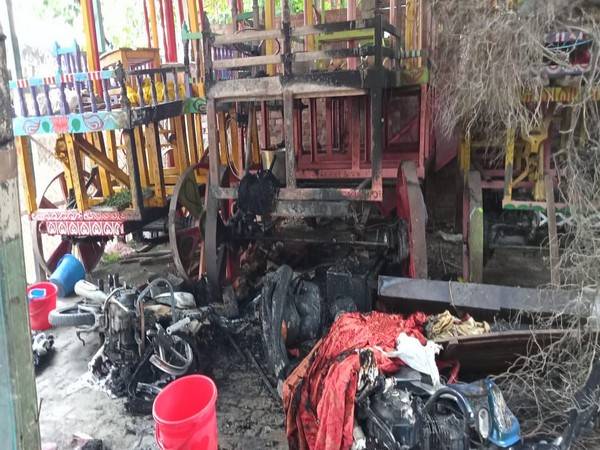“Now, I believe that the only worthy pursuit of Indian politics, as long as there is politics in India, is the destruction of the caste order,” Prof Divya Dwivedi interacts with Abhish K Bose
Divya Dwivedi is a philosopher who has been a part of the philosophical tradition of deconstruction through her collaborations and close friendships with the philosophers Shaj Mohan, Bernard Stiegler, and Jean-Luc Nancy. Most of her research is in ontology, principles of history of philosophy, and narratology, for which she is known internationally. She is one of the founders of the international journal Philosophy World Democracy.
She had written for a special issue of the Unesco journal Review of Women Philosophers on ‘Intellectuals, Philosophers, Women in India: Endangered Species’.
Dwivedi, born in Allahabad (now Prayagraj), comes from a family of lawyers and politicians. Her father Rakesh Dwivedi is a senior advocate at the Supreme Court of India, and her grandfather S. N. Dwivedi was a Supreme Court of India justice. Her mother Sunita Dwivedi is an advocate and author of historical works on Buddhist heritage. Her maternal grandfather Raj Mangal Pande was a minister for Human Resources Development at the central government.
Prof. Dwivedi, thank you for joining this conversation. There is a lot of fear in India. Journalists are afraid of being raided or arrested. The opposition parties fear being broken into pieces with money and intimidation. Research centers are being overrun. Right to Information activists is being killed. University campuses have become quiet. What is this fear?
There is extreme evil in India. All the institutions defined by the Constitution are submitting to the call to evil, including journalism and the judiciary. The extreme manifestation of evil is when someone is subjected to the choice between life and death. Here, life should not be understood as vegetal, merely subsisting without the concern for pain and pleasure, as we find in Agamben’s conception of “bare life,” which he proposed while studying the “Muselmänner” inmates of the Nazi concentration camps. Because when we read their narratives of survival, we realize that even in their extreme dehumanization and near-death state, they were not solely vegetal but actively engaged in devising some forms of escape or recovery despite their severe weakness. Moreover, life should not be understood as guided by merely epitheumea, which is the concern with avoidance of pain.
Instead, life is the condition in which one can experiment with the meaning of being alive through the free creation of communities, institutions, and norms. Ambedkar explained this need for free creation in ‘Annihilation of Caste’, “the idea of religion is generally speaking not associated with the idea of change. But the idea of law is associated with the idea of change, and when people know that what is called religion is old and archaic, they will be ready for a change, for people know and accept that law can be changed”.
In the broad sense, life is politics, where the freedom to think and experience the meaning of life is secured and enhanced. Life approaches something akin to a coma without politics or the fight for freedom. In the Indian context, it is the coma induced by fear into which we collectively fall. Then, the choice being offered in India is between freedom and death.
We do not have to reprise particular stories of persecution through which we are being sent into the thralls of terror. We are all too familiar with the contemporary context being discussed here, including the imprisonment of anti-caste activists, Muslim journalists, and human rights campaigners, including Teesta Setalvad, who recently received interim bail. Rids are happening in NGOs’ offices, think tanks, and charitable organizations. But some of these stories should be attended to in order to understand their reasons because caste rules manage the prisons of India. Let us remember today the academics, intellectuals, and activists who had been arrested for the commemorative event of Elgar Parishad, for opposing the caste order. Of those who were arrested Father Stan Swami died in prison, where he was denied access to water. Alarmingly, another Elgar Parishad activist, Vernon Gonsalves, is being denied medical care in prison.

You have opposed the concept of “secularism vs Hindu majoritarianism” as the core problem of Indian politics. In an interview with the French newspaper Le Monde, you said that caste is the determinant of forces in Indian society and polity. You have often written about the conflict between the norms of constitutional democracy and the caste order which governs Indian culture. Could you explain again the reasons for this minority position you have taken?
It is not a minority position! It is the position of the majority of the people of India, the lower caste people! At the same time, it appears to be a minority position due to the dominance of the upper caste people in the public sphere. If you watch Bollywood cinema or read mainstream literature, you might even think that there are no lower caste people in India, as they are invisibilised in Indian culture.
Now, I believe that the only worthy pursuit of Indian politics, as long as there is politics in India, is the destruction of the caste order. We can read the annihilation of caste as the intention of the Constitution of India. Until politics in India achieves that, we will remain in stasis.
But the opposite intention has dominated politics in India for the longest time, that is, the retention of the minority upper caste dominance over the whole of India. It is evident in a few facts. On the one hand, the continuing oppression of the lower caste people can be seen in the facts that 65% of all crimes are committed against Dalits in India; in national media the lower caste people amount to less than 9%, and Dalits and Adivasis amount to less than 9% in India’s elite educational institutions. At the same time, Indian government refuses to conduct a caste census, holding back the existing caste census data. The available data shows that the upper caste people are a minority of 10% or less of the Indian population, while the lower caste people are clearly the majority. Then the majority of the cultural resources of India are reserved for the minority upper caste people. Here, we must remember that caste order exists across religions in India, including Christianity, Islam, and Sikhism.
Why is it that these facts are not apparent to most people in India? Why do you think that the logic of majoritarian versus minority is then the dominant paradigm of discussing politics in India?
The goal of the upper caste-controlled institutions, including the media, is to mask the fact that the majority of India is the lower caste people. And at the same time it prevent the consequences of recognizing these facts, which is the birth of an egalitarian society in India through the seizure of power by the lower caste majority. Academics in India are fond of the idea of “becoming-minority” which was adapted by the philosophers Deleuze and Guattari from Kafka, and this tendency is another typical instance of invisibilizing the oppressed majority people in order to forcibly maintain the fiction of “Hindu majority”.
The false problems of Hinduism vs Hinduness, and Hindu majoritarianism vs secularism were created to prevent the appearance of egalitarianism in politics. As we know, Hinduism was invented in the early 20th century to avoid the lower caste majority, who had been oppressed for millennia, from rising up to claim their rightful power of self-determination under modern constitutional democratic institutional conditions. For example, if proportional representation in Parliament and the assemblies had been implemented according to the wishes of Dr Ambedkar and other lower caste leaders, India would have achieved true independence much earlier.
The creation of Hinduism 20th century allowed the upper castes to be the community leaders of those whom they had been oppressing and excluding from the upper caste cultural practices. RSS (RashtriyaSwayamsevak Sangh) today effectively represents Hinduism. The RSS is the most potent paramilitary organization controlling the governments by proxy, the streets directly, and the Brahmins govern it. Here we see the meaning of ‘Hinduism’ (Hinduness or Hindutva), which is the continuation of upper caste dominance through militia under cover of religion to adapt caste apartheid under the current conditions of constitutional democracy and judiciary. As you know, Hartosh Bal has been drawing attention to the grave errors of maintaining this distinction for quite a while now. Let me use “Hinduness” instead of the other word so that we shall not perpetuate this criminal distinction.
For this reason, Hindu versus Hinduness is a false distinction in politics. But it serves the so-called liberal upper castes to keep a distance from the extreme actions of the RSS while supporting its intentions knowingly or unknowingly. The very construction of Hinduism and that of a Hindu majority created the partition of British India. This modern partition is necessary to cover the ancient oppressive partition of the caste order.
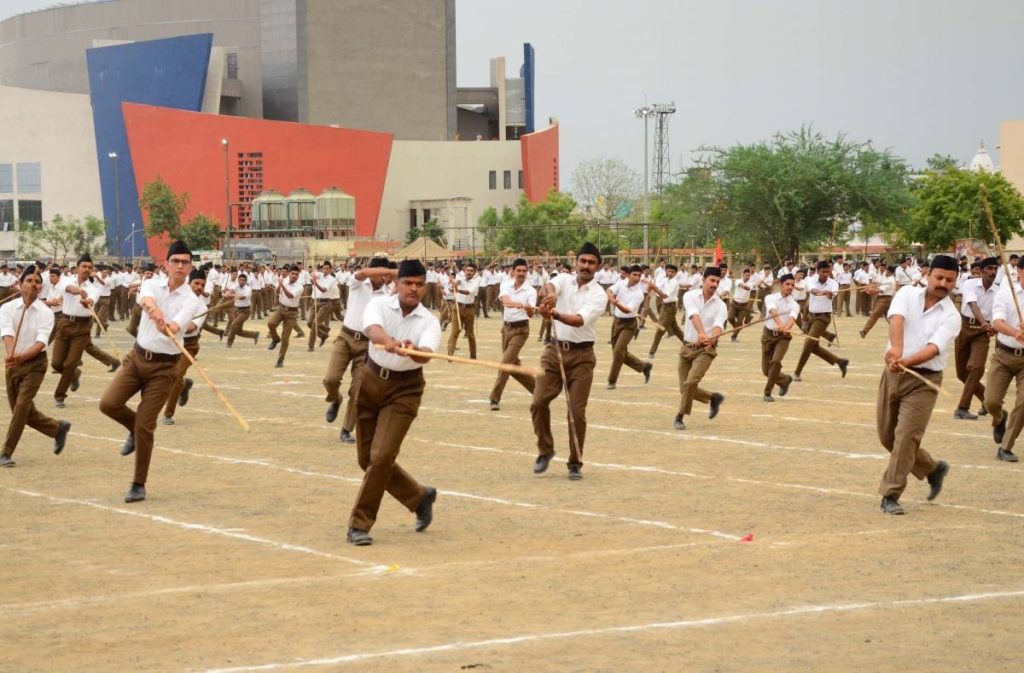
The so-called far Right and the left-liberals play with this distinction between Hindu and Hindutva. They are committed to portraying India as a ‘Hindu-majority country. The differences seem to be only in the conduct of such a majoritarian state. What are the harmful effects of continuing this discourse about Hindu vs Hinduness?
It is a critical question. If you look at the opinion pieces written every day about the injustices in Indian society, you will find the beginnings of the answer to your first question. Our opinion writers, who shape public opinion about politics, are all upper caste, with some exceptions such as KanchaIliah. These opinion writers never speak of caste but only about Hindu versus Muslims and Hindu versus Hindutva. The very discussion of caste appears untouchable for the liberal commentariat as if the mention of caste is a spell that could summon the specter of anti-caste revolution.
They remain silent about caste when the news about the killings and humiliations of lower caste people abound! A few days ago, a Dalit politician was killed in Uttarakhand for marrying an upper caste. Another Dalit was killed in UP by the upper caste men who wanted his land. We have been reading about lower caste students being humiliated or being killed from different parts of India in the past few weeks. Rates of suicides are very high among Dalit students.Five incidents of atrocities against Dalits take place every hour in India. I can go on citing incidents and evidences.
But our liberal upper caste commentariat hides behind Hindu versus Hindutva. The horror of this strategy can be realised through analogy. To say that the caste order is a feature of ‘Hinduism’ is akin to saying that slavery in America was a spiritual pact between the enslaved black people and the white enslavers.
The continuous killing and oppression of the lower caste people is a crime that is incomparable to the terrible genocides of the last century; it is much worse because it is the oldest apartheid system and the most hidden system of enslavement in the world. Further, by hiding behind a deliberately poorly formulated notion of secularism and the false distinction between Hindus and Hinduness, our polity treats several religious groups as sacrificial expedient people. As the researches of Ornit Shani have shown it in Communalism, Caste and Hindu Nationalism: The Violence in Gujarat, religious pogroms are often preceded by caste conflicts arising from out of a surge from the lower caste people. Many judicial commissions which inquired into religious pogroms have also noted that lower caste agitations and caste conflicts were made to turn suddenly into religious conflicts.
Then, there are two harmful effects to answer your question. First, the oppression of the lower caste people is being hidden, and hence it has now acquired the character of a ‘concentration camp’ that is very well integrated into all the spheres of life. Second, the treatment of religious groups, including Islam, Christianity, and Sikhism, as expedient populations provides bloody spectacles to avert the attention from caste oppression.
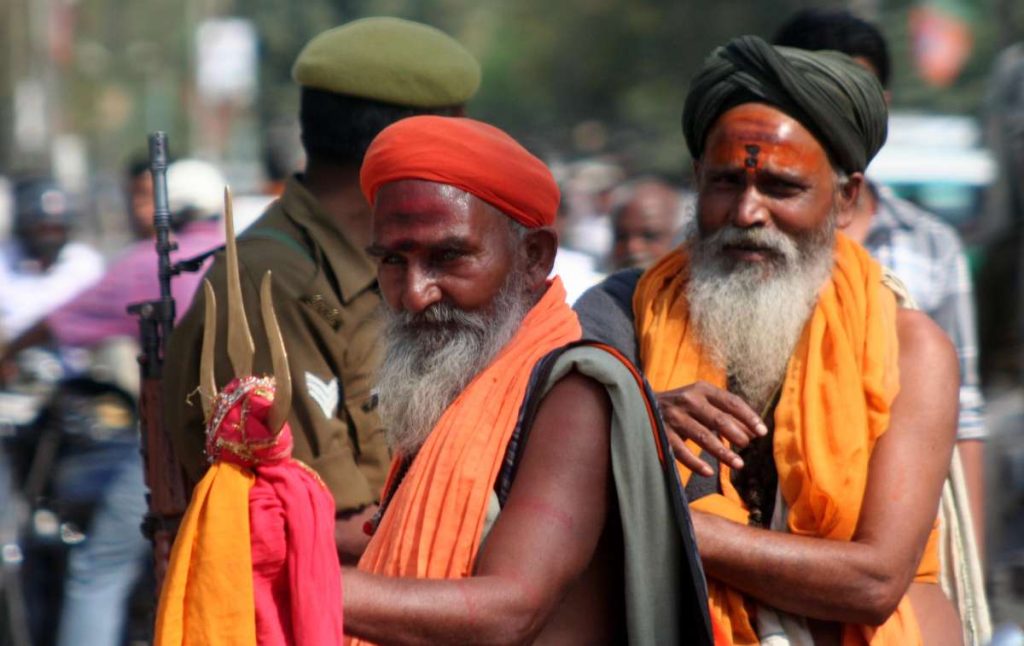
What is bizarre is that upper caste academics often say that colonialism fuelled and perpetuated the caste structure in order to divide and rule India. In contrast to this view, you have written with Shaj Mohan and J. Reghu that the relation between colonialism and Indian society should not be examined in a monolithic fashion from the point of view of the upper castes. You brought attention to the remarks of the lower caste leaders, including Phule, to say that the colonial experience was different for the lower caste people, who often welcomed it. Even earlier, you had called the independence movement a movement for the “transfer of power” from British rulers to traditional Indian rulers, who are the upper castes. This complicates the received wisdom about colonialism. Then what is the meaning of the Indian independence movement?
Mahatma Phule, Narayana Guru, and other lower caste leaders found the colonial experience to be the most liberating event in the history of the subcontinent. It was during British rule that the lower caste people gained the rights to walk the streets, be visible in public, gain education, find employment of their choosing, practice religion, and engage in politics. Dalit visionaries and mass mobilizers like Bhagyareddyvarma, Acchutananda, and Mangoo Ram emerged in different parts of the subcontinent thanks to the colonial disruption of caste. At the same time, colonialism was a traumatic experience for the upper-caste elites, who lost their dominance over the lower caste people to some extent. As Phule, in Ghulamgiri [Slavery], explained the upper caste interests in decolonisation, “[the bhats] are afraid that if we, the shudras, really become the brothers of the English, we will condemn their wily religious books and then these bhats who are so proud of their caste will have to eat dust; the lazy idlers will not be able to gorge themselves on the food produced by the sweat of our brow.” The movement for transfer of power sought to contain the effects of colonialism and to receive the power over the institutions and the territorial state created through colonialism. Therefore, the transfer of power movement cannot be called independence movement. The independence movement is yet to take place, which will make all Indians the free and equal agents in the construction of an egalitarian polity. Independence of India is possible only through the annihilation of caste.
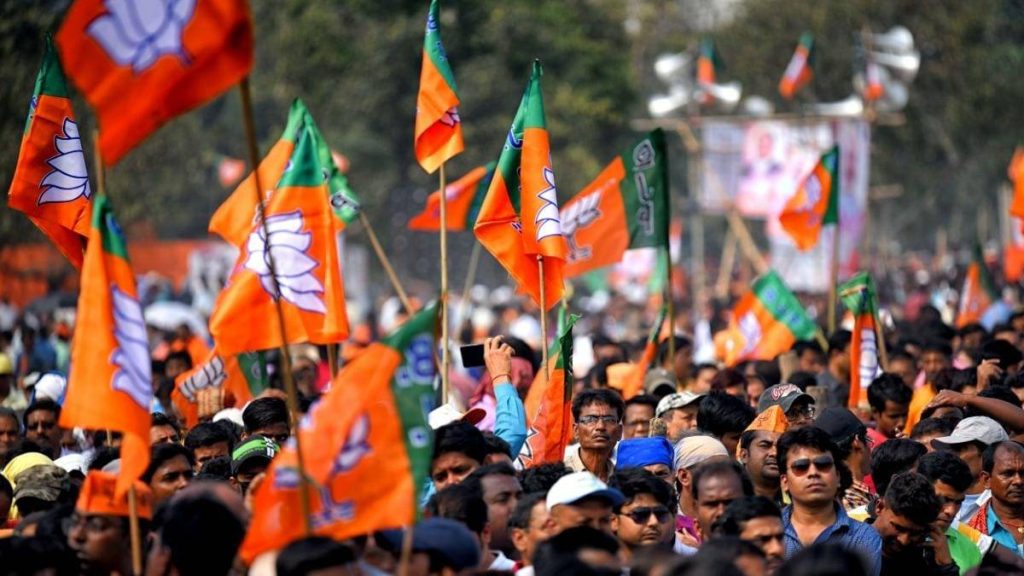
The Mandal Commission’s recommendations paradoxically awakened the political aspirations of the lower caste people and simultaneously catalyzed the political consolidation of the higher castes. Could you explain the political significance of the Mandal Commission recommendations and the subsequent upper caste political mobilization through Ram temple agitation, which changed the trajectory of Indian politics to favor BJP?
The Mandal commission’s recommendation of reservation for the lower caste people is one of the most precise lines dividing politics between India on caste oppression. We can see who stands where if we look at their positions on the Mandal commission and reservations in general, including our academics, journalists, politicians and other institutions. It should be a serious project to examine and reveal the position of our public figures on reservations. When the Mandal commission report was tabled in Parliament, the political parties of India showed on which side of the caste line they stood.
Reservations are based on a few principles that acknowledge the injustices and disadvantages the lower caste people suffered due to the millennia-old caste oppression. Reservations are both acknowledgments of the historic crime of caste oppression, a mode of reparations, and a measure to show the state’s commitment to annihilating caste. As you know, economic reservation is a strategy to dilute the principle of reservation for the lower caste people by equating the economic disadvantage of some of the upper caste people with the historical oppression and humiliation suffered by the lower caste people. We should also look at the stance of political parties on the economic reservation.
To come to the other part of your question, when Mandal commission report created a Mandal movement and a surge of lower caste assertion in Indian politics for the first time, it alarmed the upper caste people. As I mentioned earlier, the upper caste BJP and its parent organization, the RSS, immediately proceeded to create the worst religious polarisation in India since the partition of the territories of British India. This was the Ram temple movement. A newspaper in 1990 wrote about the Ram temple movement, which led to the Babri mosque’s demolition, saying, “Due to the aura of Ram, the demon of Reservation ran away.”
It is a remark which reveals so much about our society. First, it shows the understanding that Rama is an upper-caste god who conquers the lower-caste people, who are demons in the eyes of the upper castes. Of course, it should not come as a surprise when we look at ancient history where the lower caste people were referred to as Dasyu, Dasa, Asura, Chandala, Mlechchhaand so on to dehumanize them. Further, it lays bare the strategy that Hinduism is the instrument through which lower caste aspirations can be slayed, for which religious minorities are a mere medium. We should wonder what is more sinister: That this is the reality of politics in India or that we accept this reality in our everyday life?
The success of the BJP has to do with a singular fact. The Congress party functioned as a liberal lobbying platform for mostly various upper caste interests since its beginnings. But after the transfer of power, it was forced to accommodate lower caste interests to a small extent. The upper castes found that the Congress was no longer suitable to defend its interests in the face of the Mandal movement since it was not a militia comparable to the RSS. The liberal character of the Congress and its nominal commitment to the Constitution of India made it inadequate to protect upper-caste interests. The RSS, considered a malignant organisation of terror by many with liberal left sympathies, suddenly became the most viable option. We are now at the beginning of the end of this process, which could either destroy the constitutional democratic character of India to implement direct upper-caste rule through the RSS or it might criticise India as such.
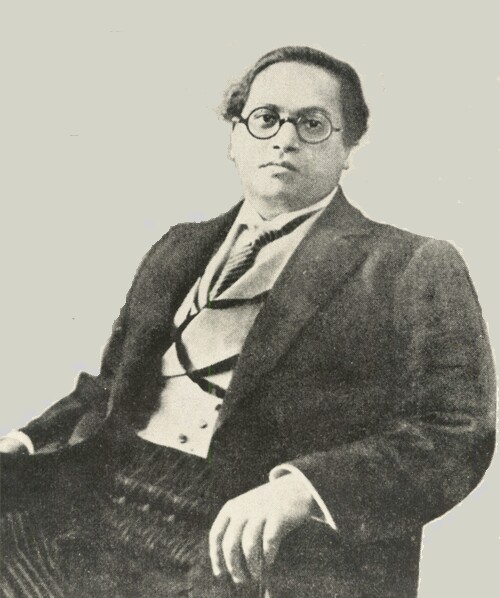
Why did Ambedkar fear that democracy would be a failed experiment in the Indian context? Is his prophetic anxiety coming true? What is the natural state of democracy today in India?
In November 1949, Ambedkar marked the symbolic meaning of the date 26 January 1950 as the achievement of democracy as a political form but without an actual establishment of, or even recognition of, “social democracy” where all are equal in status and opportunity and all treat each other with the respect and fellow-feeling that this requires. Let me quote again his expression of anxiety which is, precisely as you say, prophetic: “it is quite possible in a country like India […] there is a danger of democracy giving place to dictatorship. This newborn democracy can retain its form but give place to dictatorship in fact.” I can only venture an interpretation of this crucial distinction he drew because this space of an interview is too limited to think about the politics of Dr. Ambedkar.
The physicist Richard Feynman once gave an ethnographic account of a tribe in the South Seas to distinguish the spirit of scientific practice from merely going through motions or “cargo cult science”. Their islands had been used as military bases where they saw the coming and goings of airplanes ferrying precious cargo. Not conversing with the actual workings of this phenomenon, they tried years after the war brought back the planes by approximating the form of the activity. So they would light the runway with fires, wear coconut shells to imitate head phones, and bamboo sticks for antennae. Perhaps they hoped that airplanes would arrive if these ceremonies were performed, or maybe it was merely a new ritual without goals. These ceremonies are called the cargo cult. In India, what we have today is cargo cult democracy.
That is, we appear to have institutions and practices which appear to be similar to modern democratic institutions, such as the Parliament which does not debate the people’s concerns; the judiciary which appears unconcerned with jurisprudence and justice as we found with the Babri mosque demolition case and other everyday instances; universities which teach myths in the place of the sciences and philosophy; media which either propels genocidal hysteria or functions as the propaganda arm of some or the other political party; electoral processes hiding the supply of money to political parties. Our cargo cult democracy was anticipated by Dr. Ambedkar when he called for proportional representations.
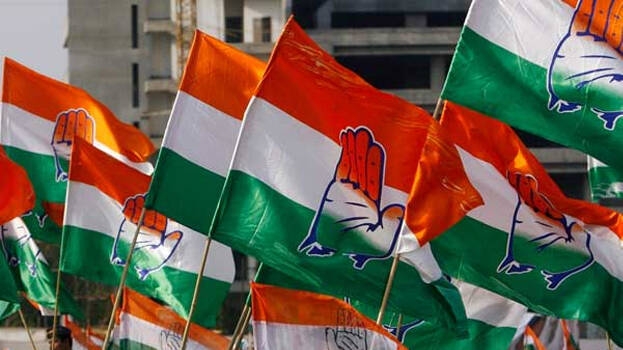
To what extent has the Congress party been weakened by its dynastic moorings? Can the ‘dynastic’ element be eradicated from Indian politics, including the BJP (Bharatiya Janata Party), given that ours is a culture of patronage and tribal-minded continuities? When the BJP asserts that it will be in power for the next fifty years, is it not reincarnating the dynastic principle –party dynasty? Given that this power base is erected entirely on caste dynamics, cast in the guise of social engineering, what may we expect from the ‘New India’ that the BJP is unveiling today? Is ‘New India’ a sanitised moniker for upper caste Rashtra?
The term dynasty comes from the Greek dunamis, often translated as power and potentiality. Dunastes meant ruler or master. Today it represents the retention of power and resources within the same family irrespective of the domain, be they the professions of academia, law, politics, or business. Dynasty signifies the heritability of power and opportunities, which is also indicated by privilege. In India, upper castes in general, are the real dynasts in all domains of life that matter. The RSS is the biggest conglomerate of all upper caste dynasties, it is, after all called the Sangh Parivar, or the organizational mafiafamiliglia of the west coast. The Sangh famiglia now leads the ceremonies of the cargo cult democracy, as we do with the inaugurations of mountainous statues and constant changes of names of streets and cities.
But you are right; the present clamour against the Congress party’s dynasty masks the longest-serving caste order dynasty. There is something complicated about the charge of dynasty against the Congress party. On the one hand, the far right has been secerning their bloodlines to accuse them of being too mixed—Muslim, Parsi, Italian, Catholic—and on the other hand they are said to be a sort of Kashmiri dynasty. Perhaps, the problem is that they are a bit too mixed to be Hindu, which means upper caste. At the same time, it also shows the casteist anxiety of the Congress party, which wants to show that its leader is a sacred thread-wearing Brahmin. The Congress can either accept the politics of mixtures and profess a progressive politics, or they should anxiously submit themselves to the upper caste evaluations of the RSS. But then nearly all political parties are owned by families, like family-run businesses to be inherited by the next generation.
Heritability of power and opportunity is the cultural, genetic code of upper caste India, which seeks to reproduce genetically and culturally. I had called the concept behind such reproductions calypsology. Romila Thapar had shown that India could never come out of the clan-based rule, grounded in the caste order, to create something like a modern state. In other words, India will be unable to emerge from this stasis without the equivalent of a French-style Revolution that transforms the social order and can disrupt the heritable form of power and opportunity that is caste. That is to say it will be a social revolution rather than another transfer of power that alone will destroy the caste order.
